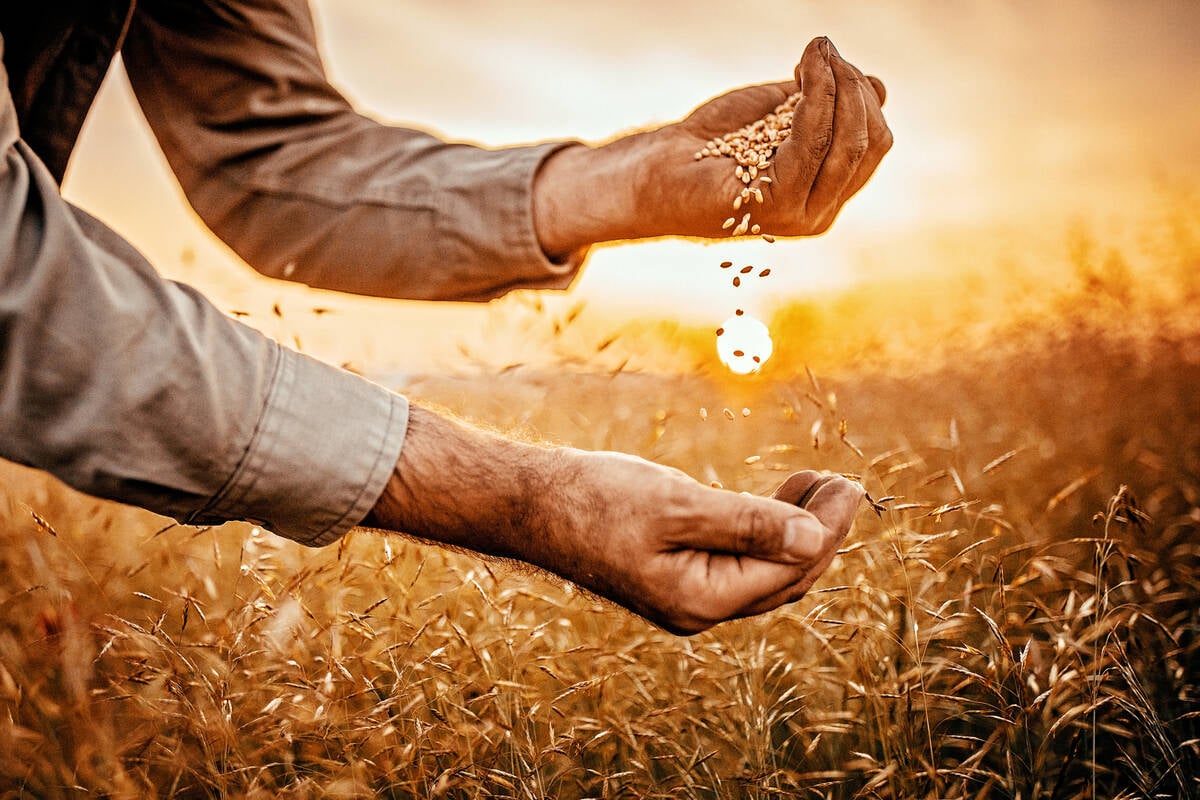BRANDON — It’s a dilemma: protect that perfect crop from an invasion of blight, insects or weeds or protect it from the trampling of sprayer tires?
Sometimes it comes down to a flip of the coin. Other times, aerial application is the best option. But there isn’t much time to ponder the question.
That’s why ROGA Drone rep Don Campbell has installed a tire track trampling calculator on his website (www.rogadrone.com). As part of it, he has included an explanation of the Bell Effect, which he says can impact crop beyond the actual tire track.
Read Also

Taking a look inside Canada’s seed regulatory overhaul
ive years, eight task teams, 130 volunteers and 135 recommendations later, Canada’s seed industry is still waiting for meaningful regulatory change.
Wheel track trampling from sprayers is inevitable but how much yield loss does it cause? It’s assumed that most of the damage is inside the wheel tracks.
For decades, wheel track damage was calculated by dividing the width of the tires by the width of the boom to get an approximate percentage. For instance, two 18-inch tires divided by a 90-foot boom will leave three percent wheel track damage.
That doesn’t seem significant until you realize that yield loss can occur outside the sprayer tracks, a phenomenon called the Bell Effect. It refers to damage in rows adjacent to wheel tracks. In most cases it is caused by compaction, which reduces oxygen, nutrient and water holding capacity of the soil.
















